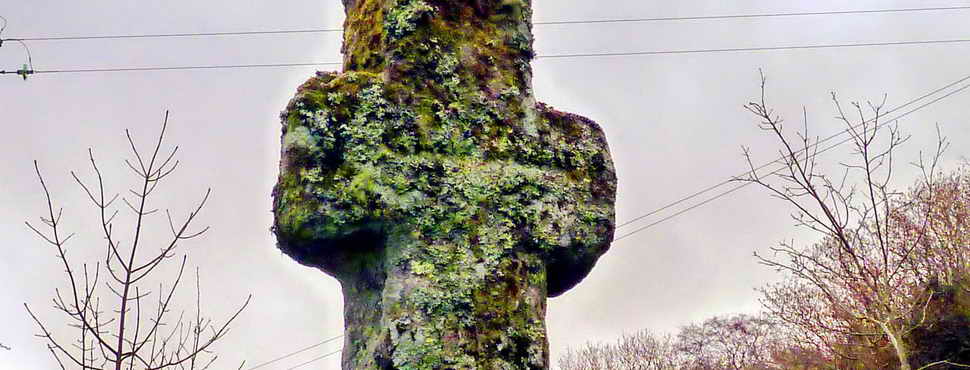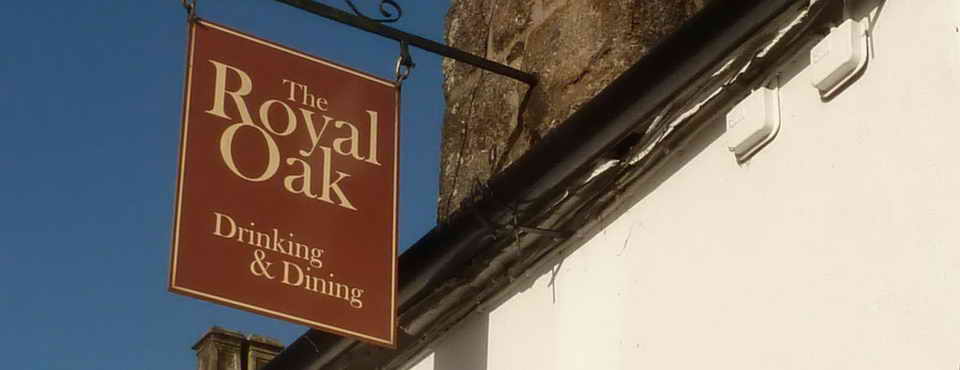









From BelstoneVillage.net - Secrets of the Belstone Stonemasons ..... (the link has now disappeared)
"Splitting granite; needed skill in looking for the lines of weakness in the grain of the rock - not just a matter of bashing it hard �.
Before 1800 the method was the 'wedge and groove' - grooves of 3" depth at about 3" apart were cut with the end of a pick. Then wooden wedges were inserted, soaked with water and allowed to expand overnight �. In winter the water would freeze, thus aiding the process. At other times someone might have to continually wet the wood to stop it drying out.
Another early way of splitting was setting fire to wooden wedges - ie using heat to split the rock
Plenty of examples around here of the tare and feather method of splitting. The jumper made the initial holes 3" deep; this was a cast iron rod about four feet long with a big ball of cast iron half way down. The worker would jump this up and down on the chosen spot with a bit of turn of the implant as it hit the granite, and over time a hole would be made. In the 1880s a Cornish worker made a 2.5" hole with 113 jumper 'blows'. Fine dressing would be done by hammer and chisel.
At the Cheesewring on Bodmin Moor four men cut a block 55 cubic feet in 15 minutes, ie equivalent to a 6' x 3' x 3' block (eg a gatepost)
Roughly, one cubic foot of stone weighs a hundredweight."
From: 22nd December 2009 - ShaughBowlingGreen

..... evidence of attempted cutting of the stone by the wedge and groove method - which involved cutting slots, banging in wooden wedges, soaking them with water, and waiting for them to swell up and split the stone. This predated the feather and tare method which was introduced around 1800 AD.
From: 11th January 2012 - Merrivale
One of the TA stones marking the ancient packhorse track across the moor between Tavistock and Ashburton - an important trading route, marked out by these stones in 1669. Wedge and groove marks can be seen on these stones.
From: 31st August 2011 - HaytorUpperCarPark
A low-angle view of some very regular wedge and groove marks (at the top of the photo), seen just inside the exit gate (western side of the quarry) - believed to have been used at a later date as an improvement on the old wedge and groove and the feather and tare methods?
From: 8th April 2012 - PewTor2

A piece of granite with feather and tare marks on the top edge facing the camera and wedge and groove marks on the right top edge.
From: 27th August 2010 - YennadonRailway

A rock showing feather and tare marks ......
From: 7th April 2010 - PewTor

Original feathers and tare, as used at the Merrivale Quarry .....

The collective item was inserted into a hole that had been drilled into the granite - a line of such holes were drilled in the rock and each hole was fitted with a set of feathers and tares. The feathers are the slightly curved half-round steel pieces and the tare is the central "chisel" that was gently tapped in in sequence along the line being worked on to apply gradual pressure to the rock until it split.
Feathers and tares (or feathers and plugs) are still available today, from e.g. Harbo Supplies Ltd.
A set of feather and tares for splitting granite along a line of pre-drilled holes by inserting the two tares and hammering in the central feather (or plug). Pressure was gradually built up along a line of these devices until the rock "gave" and split.
Items on the restaurant wall in the Warren House Inn, 13th March 2013 .....
A "jumper" as was used for drilling the holes in granite in which to put the feathers and tare ..... kept sharp by blacksmiths .....
Showing how it is done .....
The explanation of the technique.
The "split" comes at 16:37 minutes if you want to run it on.
All photographs on this web site are copyright
� Keith Ryan.
All rights reserved - please email for permissions